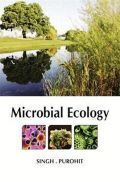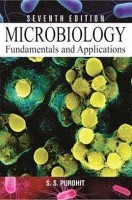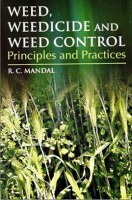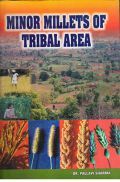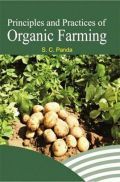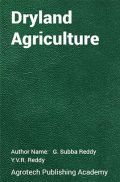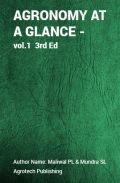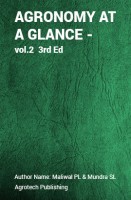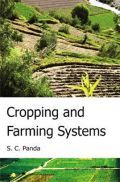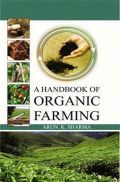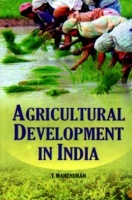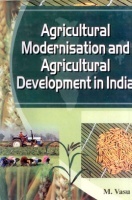The Waste Products of Agriculture: Their Utilization as Humus by Howard A, Wad YD
Book Summary:
One of the main features of crop production at the present day is waste. Except in the Far East, where the large indigenous population has to be fed from the produce of the country-side, little is being done to utilize completely the by-products of the farm in maintaining the fertility of the soil. The ever-growing supplies of agricultural produce, needed by industry and trade, have been provided either by taking up new land or by the purchase of artificial manures. Both these methods are uneconomic. The exploitation of virgin soil is a form of plunder. Any expenditure on fertilizers which can be avoided raises the cost of production, and therefore reduces the margin of profit. It needs no argument to urge that, in maintaining the fertility of the soil, the most careful attention should be paid to the utilization of the waste products of agriculture itself before any demands are made on capital - natural or acquired.
Audience of the Book :
This book Useful for Agronomy.
Table of Contents:
1. Introduction
2. Organic Matter and Soil Fertility
3. The Sources of Organic Matter
4. The Manufacture of Compost By the Indore Method
5. The Chief Factors in the Indore Process
6. Application of Other Areas
Appendix







